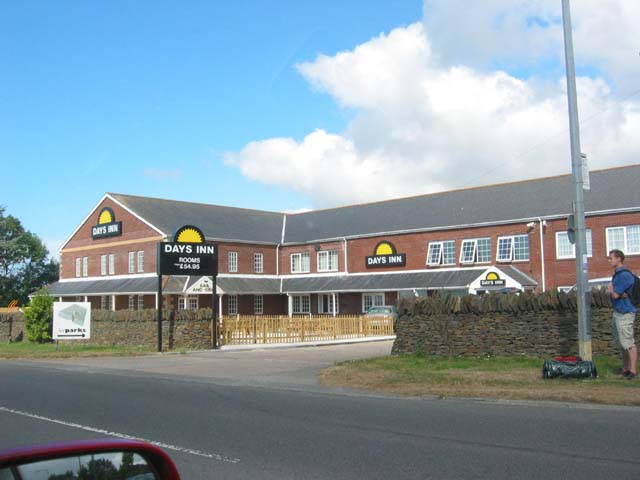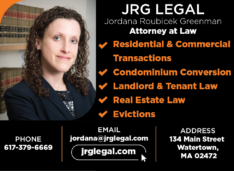What Does it Cost to Help the Massachusetts Homeless?
| . Posted in News, policy - 5 Comments
Massachusetts is a right-to-shelter state, which means any homeless resident has the right to an indoor sleeping space, even if they cannot afford one. What do existing solutions cost?

Every Massachusetts resident has access to a shelter. Some prefer to sleep elsewhere.
Budget Analysis for Massachusetts Homeless
In the Governor’s FY 2017 budget request, “Emergency Assistance Family Shelters and Services” was allocated $191 million. This was 34th on the list of 802 budget line items, or in the top 5% of all line items.
“Emergency Assistance Family Shelters and Services” (EA), includes state-run shelters, motels, and so-called “scattered sites,” where the state rents an apartment at market rates and sublets for free to families as needed.
For comparison, the single largest budget item was “MassHealth Managed Care” ($5.5 billion). The smallest item receiving the Governor’s attention was the “Holyoke Antenna” ($5,000), which was for the installation of TV antennae at the Holyoke Soldier’s Home.
Homeless assistance was the same order of magnitude as “the Department of State Police” ($286 million), “Public Health Hospitals” ($157 million), and the “Massachusetts Transportation Trust Fund” ($327 million).
Per Family Analysis
MassLandlords has been informed that there are roughly 4,500 families in EA, and that the average stay per family is nine months. This would mean that approximately 6,000 families are being served each year.
If these figures are correct, then the cost of EA would be $31,833 per family per year.
The Cato Institute has analyzed replacing subsidies with a so-called Guaranteed Minimum Income. Although they do not recommend it yet, it is thought provoking to imagine “what if” we just paid each homeless family $31,833. Would they spend it all on housing? What cheaper options could they find?
Some families could make use of a guaranteed minimum income. Others with mental health or other challenges could not make use of this income, and would need to be taken care of directly.
Cost of New Shelter Construction and Services
The Department of Housing and Community Development is much less expensive than new construction, as reported by the Patch.
Patch reported the opening of the Francis Grady Apartments on May 2, 2016. These apartments house 30 homeless, and provide services to help them regain self-sufficiency. Patch reported that the total money raised to construct the apartments, along with a 20 bed medical center for the homeless, was $13.6 million. Although they did not calculate the figure, it is easy to see that each new “shelter” cost $272,000 per bed, and $453,000 per unit.
The market price to purchase a studio in Jamaica Plain may be higher.

Days Inn is a common participant in the state's EA overflow program.
The Governor’s Push to Empty the Motels
Homeless for whom there is no room in state shelter are given hotel or motel rooms. Governor Baker recognizes that motels are an expensive way to provide shelter. The Boston Globe reported that the number of motel homeless has declined by almost two-thirds since Baker took office. The article has excellent graphs that interested readers should review.
Despite tending to clear the motels, as of May 16, 2016 the total reduction in EA had been only 16% (approximately 700 families). Half of the advertised motel reduction has been a decrease in homelessness, the other half has been movement to shelter or scattered sites.
Overall line item spend is forecast to remain constant or to increase. EA is expensive, regardless of where a client sleeps. Motels are not the only source of high costs, although they are politically easy targets.
Reasons Why Massachusetts Homeless Can’t Just “Get a Job”
Massachusetts homeless have what policy advocates refer to as “housing barriers,” meaning, reasons why private landlords prefer not to rent to them. First and foremost is the unstable housing history. Landlords typically give extra points for living in one place for a long time. Being homeless scores zero or negative points.
In addition, homeless applicants may have minor CORI, bad credit, mental health challenges, or other disadvantages. Landlords therefore perceive risk compared to other applicants with similar incomes or subsidies.
It is difficult for employers with similar perceptions to hire homeless applicants. The homeless therefore experience a Catch-22: It’s hard to get a job without a permanent address, and it’s hard to afford a permanent address without a full time job.
HomeBASE is the name of the state subsidy for Massachusetts homeless. It offers up to $8,000 for a variety of purposes, including utility arrearages, furniture, transportation, and rent in the first year after shelter. According to an employee at Metro Boston Housing Partnership, speaking anonymously, it is believed that the average homeless family takes more than four years to stabilize. In this light, HomeBASE appears to be an incomplete solution.

The MA Senate Special Commission on Housing produced a report recommending Insurance Against Homelessness, but the Commission no longer meets and there has been no follow-through.
Are there Better Ways to Help the Massachusetts Homeless?
In 2015, MassLandlords began advocating for Insurance Against Homelessness, or the Landlord-Tenant Guarantee. This program would insure private landlords who overlook most housing barriers when reviewing a homeless applicant. Landlords would receive a guarantee designed to eliminate the perception of risk, e.g., an eye-popping dollar figure, to cover unpaid rent, property damage, and attorneys’ fees if the tenancy failed. In Worcester this limit might be $10,000; in Boston, perhaps $30,000.
The idea is based on a successful program in Seattle in which only 4% of homeless families result in a claim in two years. This works out to be $400/family, or just 5% the cost of Massachusetts HomeBASE before accounting for administration. The Seattle program is coupled with self-sufficiency services for tenants. Also, it requires landlords to report problems immediately to a landlord-facing advisor. Unlike existing regional administrations, the landlord advisor becomes actively involved in mediating landlord-tenant disputes and thereby protects the state’s interest in the guarantee.
Private housing is generally one-third the cost per day of current EA spend and provides better facilities (e.g., a kitchen). Compare $90/day for a motel, to $30/day for a Worcester two bedroom with kitchen and yard.
The Seattle program has housed thousands of families in the last five years for a fraction of what Massachusetts has spent for comparable results.
The Landlord-Tenant Guarantee has already been reviewed by Massachusetts legislators and recommended. See the 2016 Senate Special Commission on Housing Report, which features a variant of the idea.
Most Policy Makers Unaware of the Better Possibilities
The Insurance Against Homelessness program could be piloted for any amount of money over $100,000, depending on how many families would be enrolled and which regions it serves. In terms of the Fiscal Year 2017 budget, this would represent 0.05% of EA spend, a very small sum.
MassLandlords has been invited to present Insurance Against Homelessness to the City of Boston and the City of Worcester. The City of Boston recently announced $7.5 million for landlords who would lower rents for 50 years. (This idea was crafted without MassLandlords input.)
There is clearly money to spend on the problem. The challenge is in getting started with a fresh concept like Insurance Against Homelessness.
Read about it at MassLandlords.net, and spread the word.




